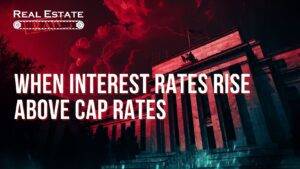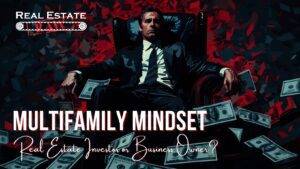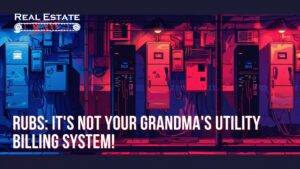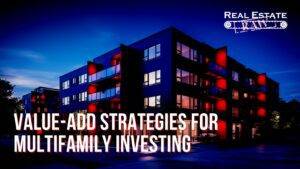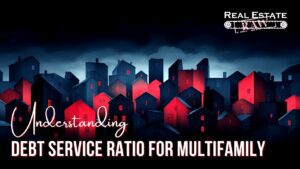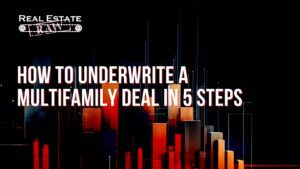The following is adapted from Creative Cash by Bill Ham, Gino Barbaro, Jake Stenziano.
After almost eight years in the real estate business, I made one of the costliest mistakes of my career, losing over $1 million on a deal because I didn’t understand something important.
Yes: $1 million dollars! It makes me sick just thinking about it.
So, what didn’t I understand? I call them the three pillars of real estate: market cycles, debt, and exit strategies. If you understand the three pillars, you can mitigate much of the risk involved with real estate investing. Fail to understand these concepts and you’ll likely make lots of money in real estate, only to turn around and lose most of it during the next shift in the market.
By understanding these pillars, you will not only make more money, but also keep more money, which is ultimately the name of the game. So, let’s take a closer look at each one.
Pillar #1: Market Cycles
Markets go up, and markets go down. Prices go up; prices go down. What most people don’t realize is that market shifts are quite predictable.
Keep in mind that all markets cycle—the real estate market, the stock market, apartments, offices, single-family homes. These are all individual markets and will have their own cycles independent of, and sometimes in sync with, the national economy. Understanding past market conditions will allow us to deploy the most accurate business model in the present.
No one has a crystal ball, but you can follow a common pattern to maximize your real estate profits. The average real estate cycle lasts eight to ten years from top to top or bottom to bottom. If you are in a great economy now, you should reasonably expect an economic downturn in two to four years.
If you are in a down cycle and prices are low, buy everything! The market will recover in two to three years, and your assets will rise in value.
Pillar #2: Debt
Without an understanding of debt (traditional or creative), you’re likely to underwrite a deal incorrectly or to accept a loan from a lender that may be counterproductive to the exit strategy. Most traditional commercial loans come with a prepayment penalty if you pay the loan off early.
What if your exit strategy is to renovate the property and sell it for a large profit in a short amount of time? What if you fix up your property and want to refinance to pull out cash?
If you get the wrong loan, you may see a fair amount of profit absorbed by the prepayment penalty. This is just one example of debt and its correlation to your business model.
Pillar #3: Exit Strategy
The exit strategy is the first part of any good real estate analysis and arguably the most important of the three pillars. You must know the way out before you go in.
How can you tell if a deal is a good one or not if you don’t know what you are going to do with it? Renovate and sell? Renovate and refinance? Hold forever and cash flow? These are a few exit strategies. For your analysis to be accurate, you need to know what the exit strategy is before you even consider making an offer.
Once you learn to analyze a deal by understanding which market cycle you are in, you can then figure out which part of the cycle you will likely be in when you own and ultimately exit the deal.
The Three Pillars Together
To have real staying power in the real estate business, you must fully understand and be able to implement the three pillars in any market situation. This is what separates the investors who fade away from the ones who stick around for decades. So, I highly advise you to take the time you need to study and understand all three pillars and how they work together.
Misunderstanding or misapplying one of these concepts can cost you fortunes. You don’t want to lose money—$1 million (or potentially even more)—like I did, right? Of course not. Thankfully, with this knowledge, you’ll be well ahead of where I was when I made that mistake.
For more advice on the three pillars of real estate, you can find Creative Cash on Amazon.
What started out as a conversation at a live event one hot, sunny day in downtown Atlanta has blossomed into an amazing collaboration between Bill Ham, Jake Stenziano, and Gino Barbaro (Jake & Gino). Bill was instrumental in helping Jake & Gino launch their mentoring program and is one of the lead trainers in the company. With over twenty-five years of experience in operating vertically integrated real estate businesses, and over $100 million in assets under management, Bill, together with Jake & Gino, strive to teach others the strategies that have allowed them to become financially free.


